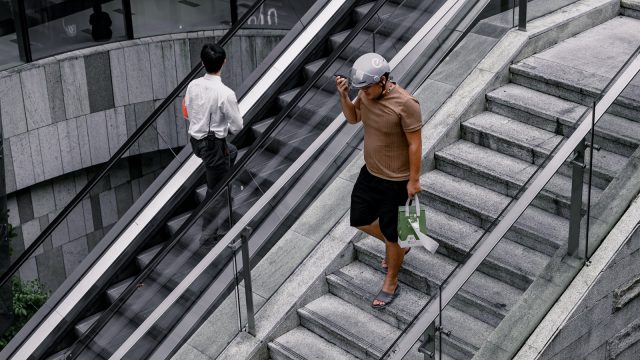Inevitably, employees on a construction job-site will eventually have to do work from a significant height. And as most construction authorities know, even a height of a few feet is sufficient to introduce significant injury risks. Fall protection standards can keep your job-site and your employees safe – but what are the most important fundamentals to know?
Why Fall Protection Is Critical
Construction sites are dynamic environments where workers routinely perform tasks on ladders, scaffolds, rooftops, and elevated platforms. Even a fall from just a few feet can cause serious injuries, while falls from greater heights often prove fatal. OSHA consistently ranks fall protection among its most-cited safety violations, underscoring how widespread the problem is.
The costs of fall-related accidents go beyond human tragedy, which of course is significant unto itself. Companies face lost productivity, higher workers’ compensation premiums, regulatory penalties, and damage to reputation if they don’t properly address the risks associated with falls. Investing in fall protection is therefore not only a moral responsibility, but also a practical business decision.
Key Elements of Fall Protection Systems
Fall protection can take several forms, but it generally falls into three categories:
- Elimination of hazards. The safest and most preferred option is to remove the need for workers to be at height at all. For example, consider performing tasks at ground level when possible.
- Fall prevention systems. Guardrails, safety nets, and covers over holes prevent workers from falling in the first place.
- Fall arrest systems. When prevention isn’t possible, personal fall arrest systems, such as harnesses, lifelines, and anchors, are used to stop a fall in progress and minimize injury.
Understanding which system applies to a particular task is critical. Prevention is always better than arrest, but both play vital roles in construction safety.
Planning Ahead for Fall Protection
Effective fall protection starts long before work begins. Employers must plan each phase of a project with fall hazards in mind, identifying where workers may be exposed to risks and deciding which protective systems are appropriate.
This planning includes:
- Conducting a hazard assessment of the job-site.
- Choosing protective equipment that suits the specific task.
- Ensuring anchor points and guardrails are properly installed and tested.
- Scheduling work so that adequate time is allotted for safe setup and inspection.
Rushing into elevated work without preparation is one of the most common mistakes that leads to accidents.
Proper Training and Worker Involvement
No fall protection system is effective without training. Workers must understand how to use equipment correctly, inspect it before use, and recognize when conditions are unsafe. Training should cover not only technical use but also the importance of consistently following safety procedures.
Workers should also be encouraged to participate in safety planning, because when crews are involved in identifying hazards and suggesting solutions, compliance improves. Workers are more likely to use equipment properly if they feel ownership in the process.
Inspection and Maintenance of Equipment
Fall protection equipment is only reliable when it’s in good condition, so it’s imperative to inspect harnesses, lanyards, lifelines, and other forms of equipment before each use; look for frayed straps, damaged buckles, or worn connectors. Employers should schedule regular professional inspections as well, ensuring equipment meets regulatory standards.
Guardrails, scaffolds, and anchor points also require attention, as weather, wear, and heavy use can compromise their strength. Building routine inspections into daily safety checks helps catch problems before they put workers at risk.
Addressing Common Challenges
Despite clear guidelines, fall protection faces practical challenges on job-sites. Some workers may resist wearing harnesses, claiming they’re uncomfortable or restrict movement. Others may cut corners under time pressure, skipping equipment setup or inspection.
Addressing these challenges requires leadership and a safety-focused culture; supervisors must model safe practices, enforce rules consistently, and remind workers that safety is non-negotiable. Providing high-quality, comfortable equipment also reduces resistance and encourages consistent use.
The Role of Communication
Clear and consistent communication is essential in preventing falls; crews should know who is responsible for inspecting equipment, setting up guardrails, and verifying anchor points. Regular toolbox talks and safety meetings are effective ways to reinforce expectations and share lessons learned from past incidents or near misses. By normalizing open conversations about safety, companies can create an environment where workers feel comfortable raising concerns. This collaborative approach also strengthens the effectiveness of fall protection programs.
Minimizing Potential Falls
Falls may be one of the most common hazards in construction, but they are also among the most preventable. The fundamentals of fall protection — planning, prevention systems, proper training, equipment maintenance, and strong communication — work together to create safer job-sites. When companies treat fall protection as a top priority rather than an afterthought, they protect not only their workers’ lives but also their projects and reputations. For crews, understanding and embracing these practices can mean the difference between an ordinary day on the job and a life-altering accident.
